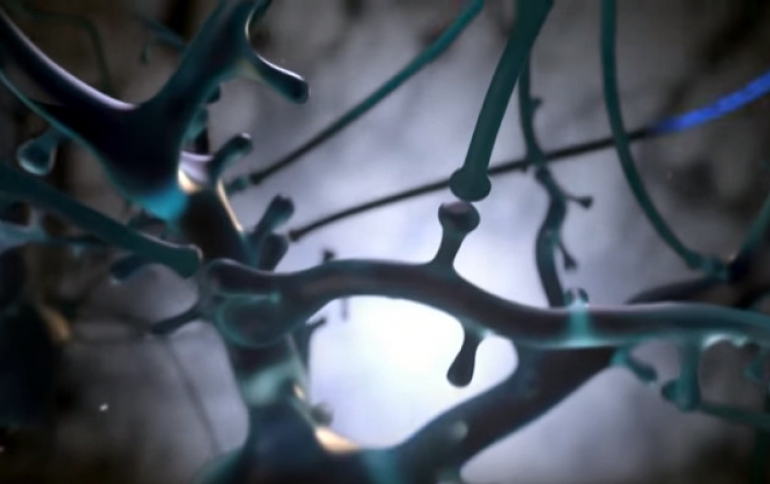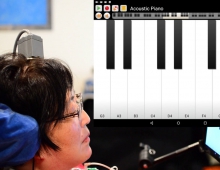
Elon Musk Teases With an 'Awesome' Neuralink Update
Elon Musk on Sunday said that his side startup Neuralink will show off an update to its developing brain-computer interface technology later this year that will be, in a word, "awesome."
Musk believes that hooking our brains up to computers can help humans overcome disabilities and injuries and eventually compete with ever-smarter artificial intelligence.
Neuralink, announced last July, is developing a technology already tested in monkeys that allowed the control of a computer using its brain. Musk had promisd to have the device in a human patient with brain or spinal cord injuries, or congenital defects, by the end of 2019.
Musk now says it could happen "as soon as this year."
"The profound impact of high bandwidth, high precision neural interfaces is underappreciated. Neuralink may have this in a human as soon as this year," Musk tweeted, adding later: "Wait until you see the next version vs what was presented last year. It's *awesome*."
"First, we need to make it super safe & easy to use, then determine greatest utility vs risk. From initially working to volume production & implantation is a long road."
"It will ultimately be used to make up for entire lost sections of the brain due to stroke/accident/congenital. Don't want to get too excited, but the potential is truly transformational for restoring brain & motor functions. There is no other way to do it imo."
While Neuralink will be designed at first to help patients, Musk has said his long-term goal is for humans to keep up with AI that can literally "think" faster than humans and eventually to allow us to even "merge" with AI.
Brain-machine interfaces (BMIs) hold promise for the restoration of sensory and motor function and the treatment of neurological disorders, but clinical BMIs have not yet been widely adopted, in part because modest channel counts have limited their potential.
Neuralink has already described in a paper its first steps toward a scalable high-bandwidth BMI system. The startup has built arrays of small and flexible electrode “threads”, with as many as 3,072 electrodes per array distributed across 96 threads. It has also built a neurosurgical robot capable of inserting six threads (192 electrodes) per minute. Each thread can be individually inserted into the brain with micron precision for avoidance of surface vasculature and targeting specific brain regions. The electrode array is packaged into a small implantable device that contains custom chips for low-power on-board amplification and digitization: the package for 3,072 channels occupies less than (23 × 18.5 × 2) mm3. A single USB-C cable provides full-bandwidth data streaming from the device, recording from all channels simultaneously. Neuralink says that its system has achieved a spiking yield of up to 70% in chronically implanted electrodes. This approach to BMI has unprecedented packaging density and scalability in a clinically relevant package, according to the company.














